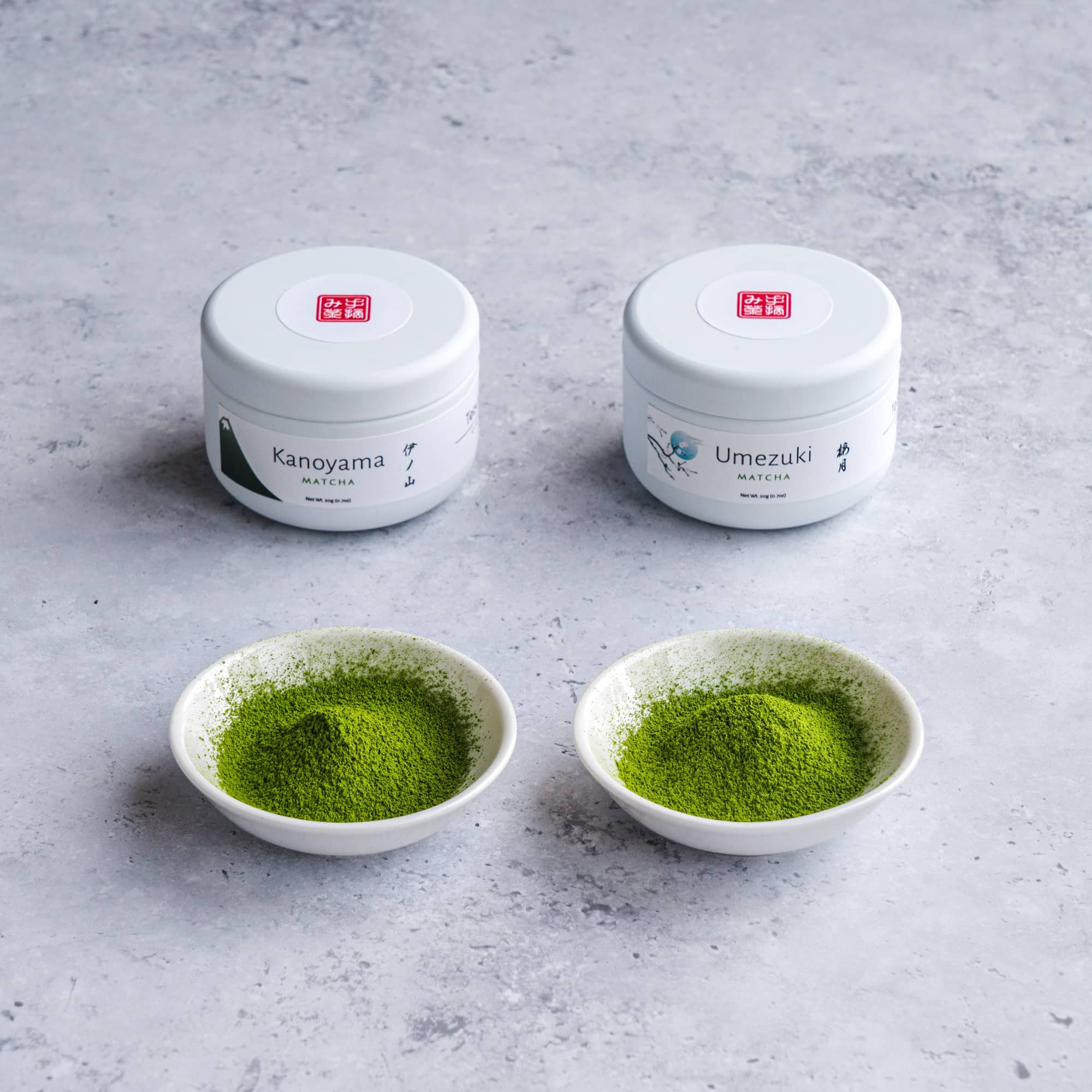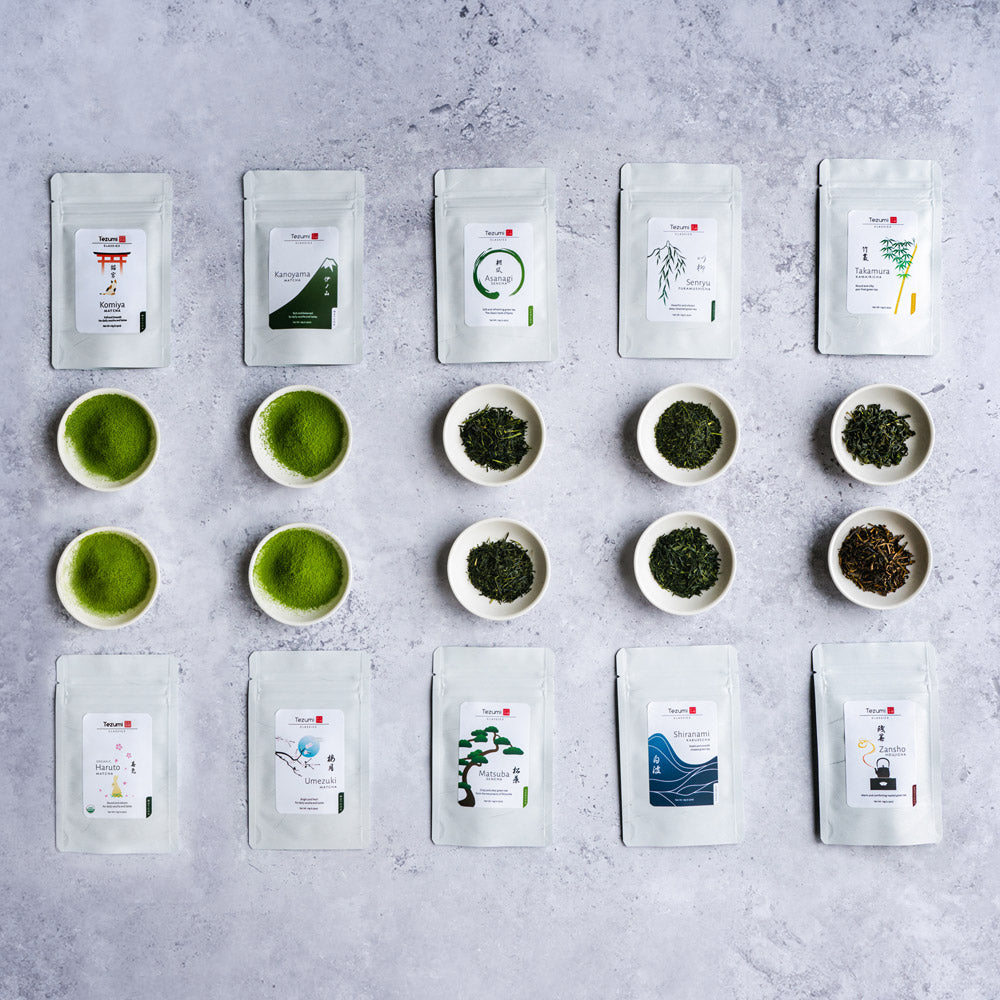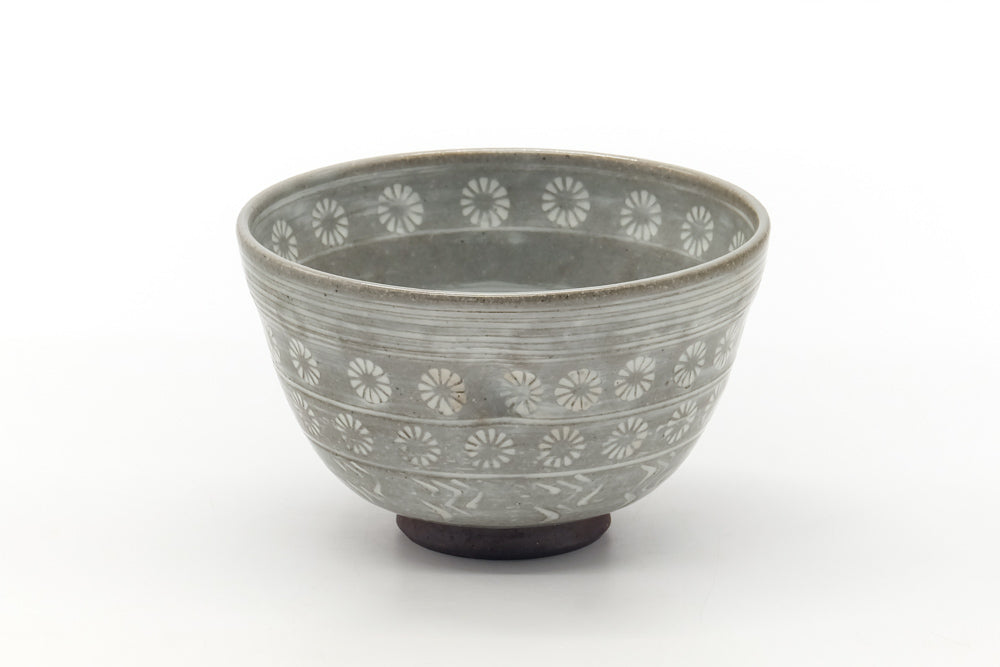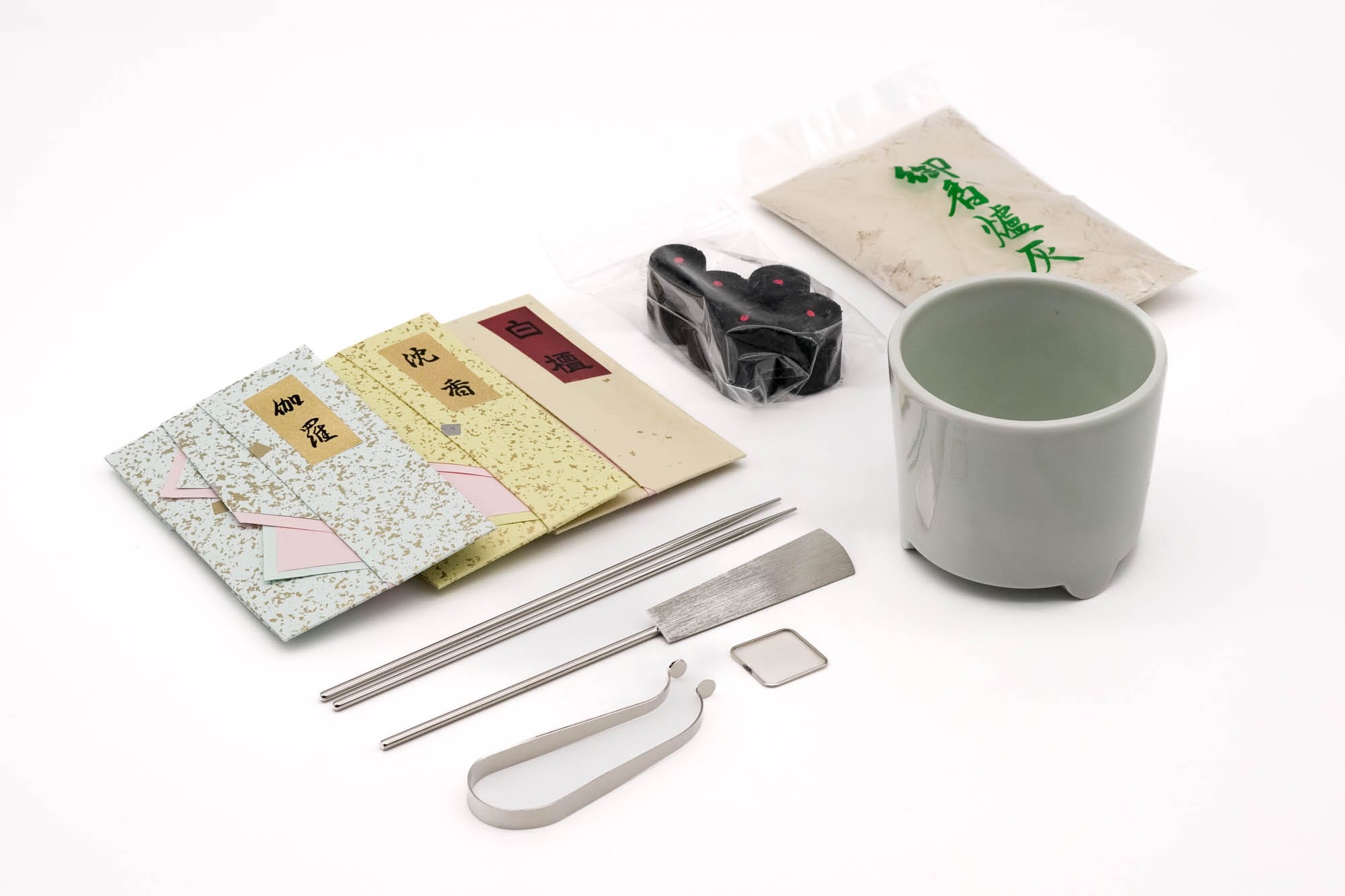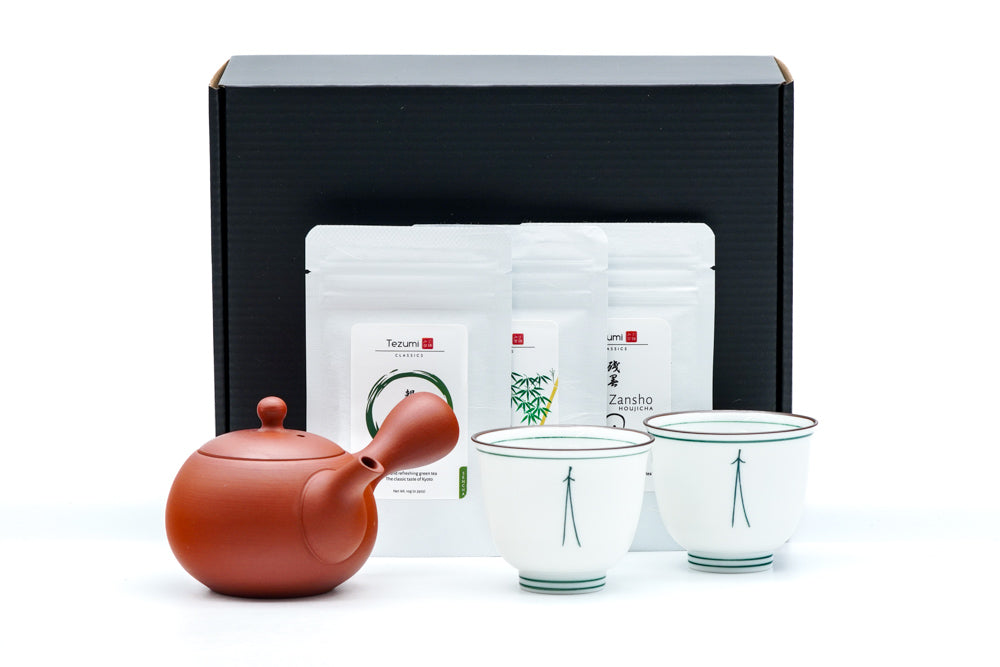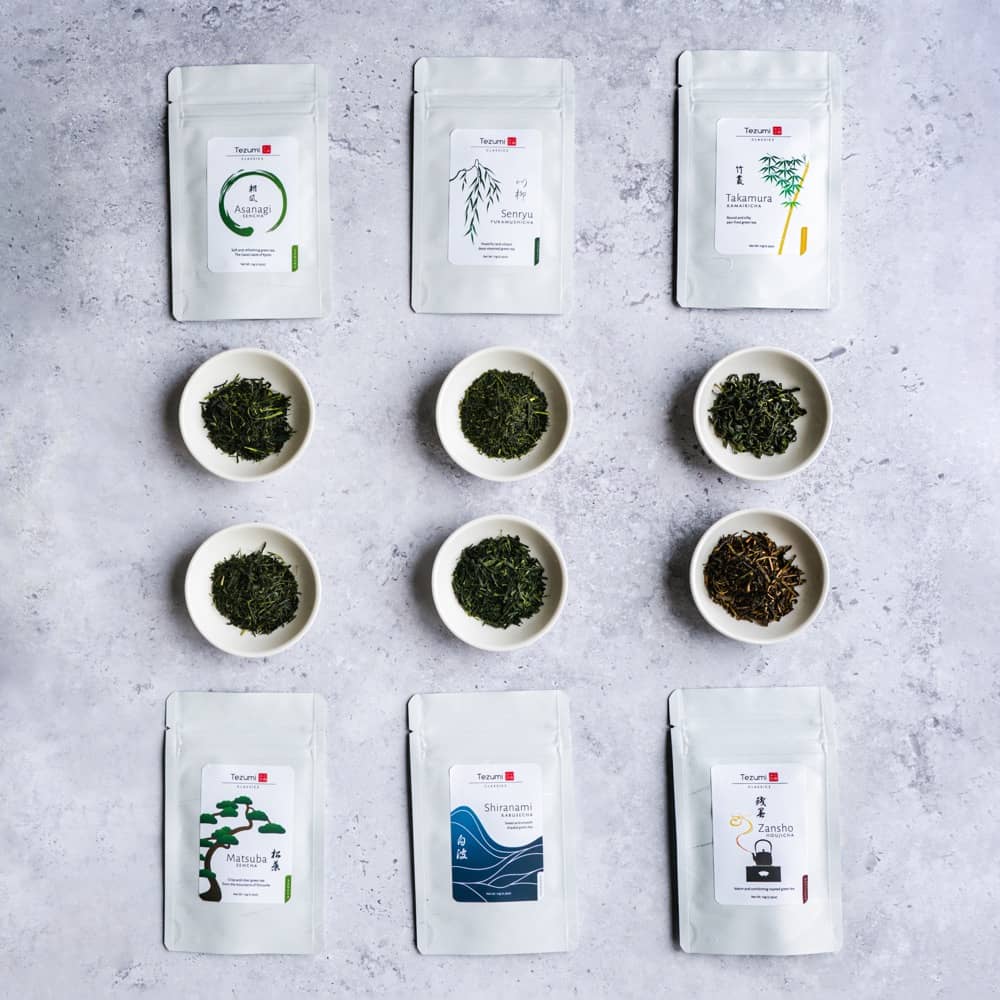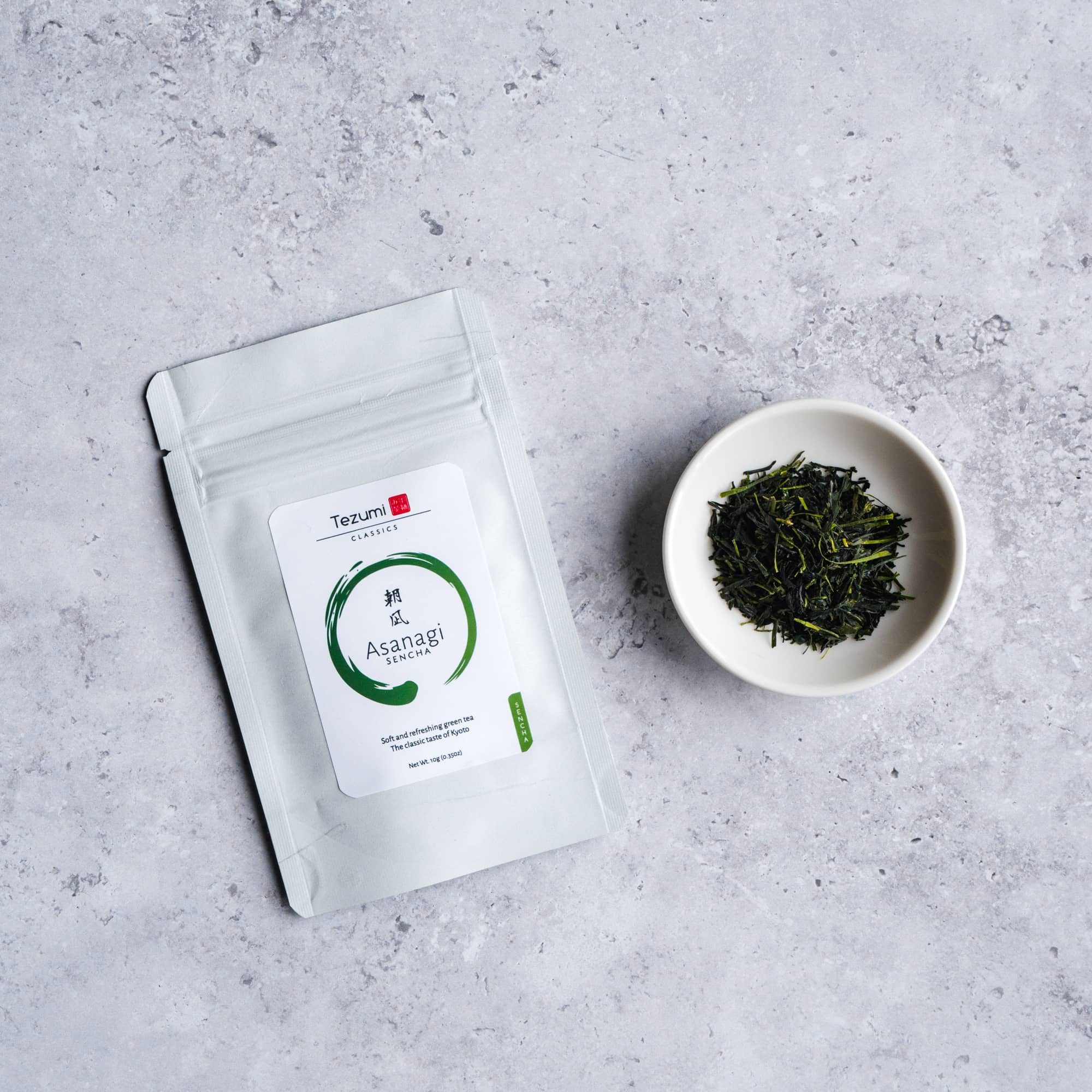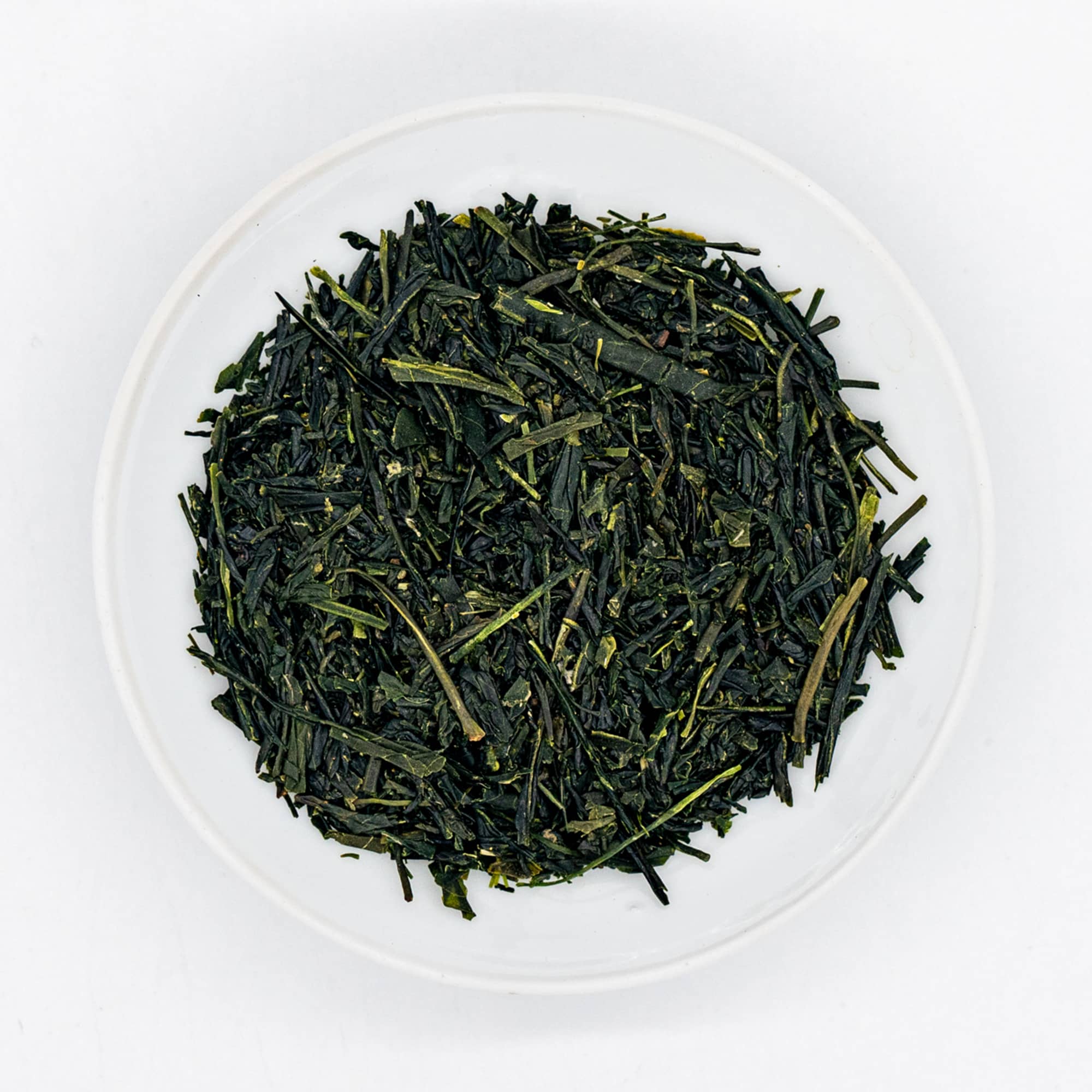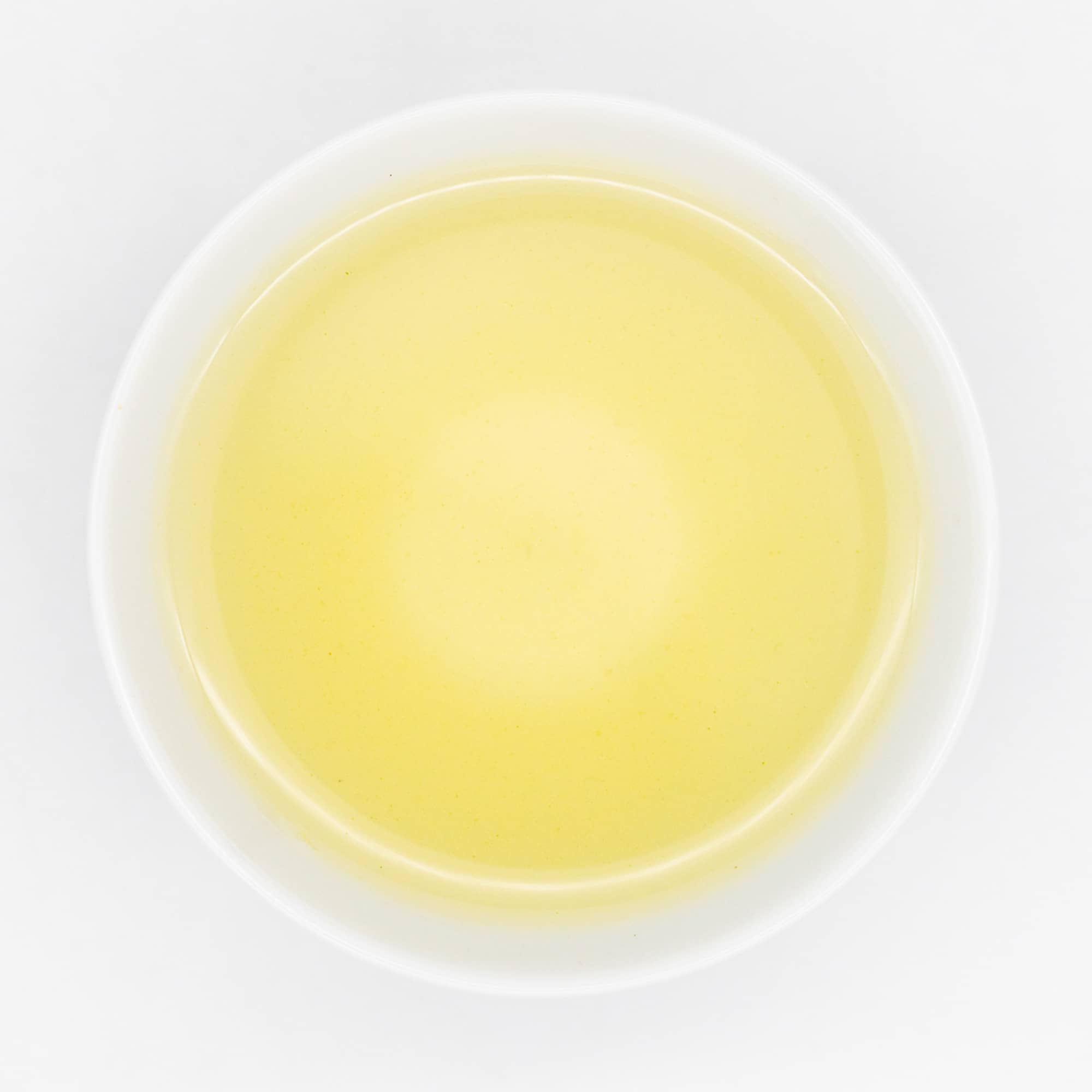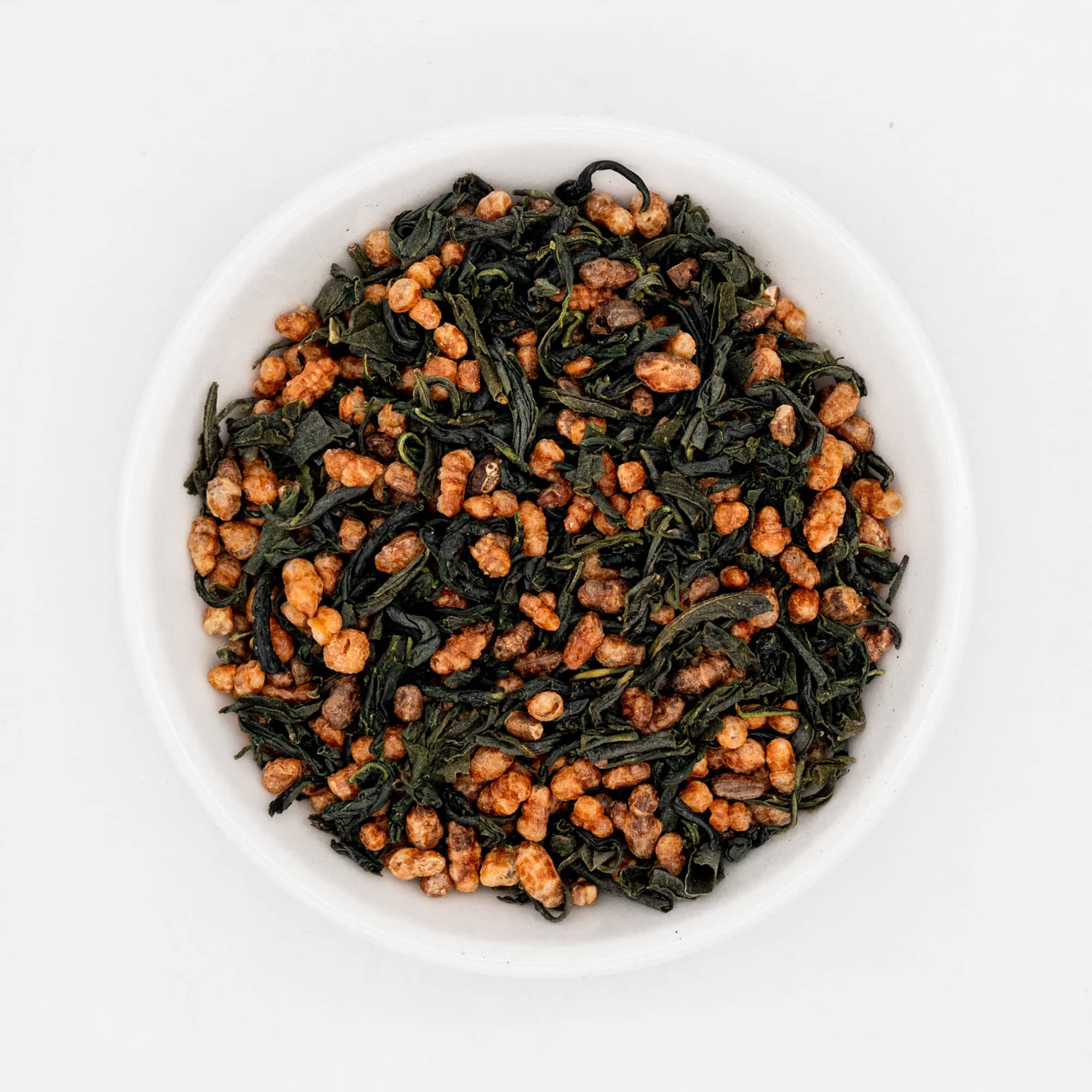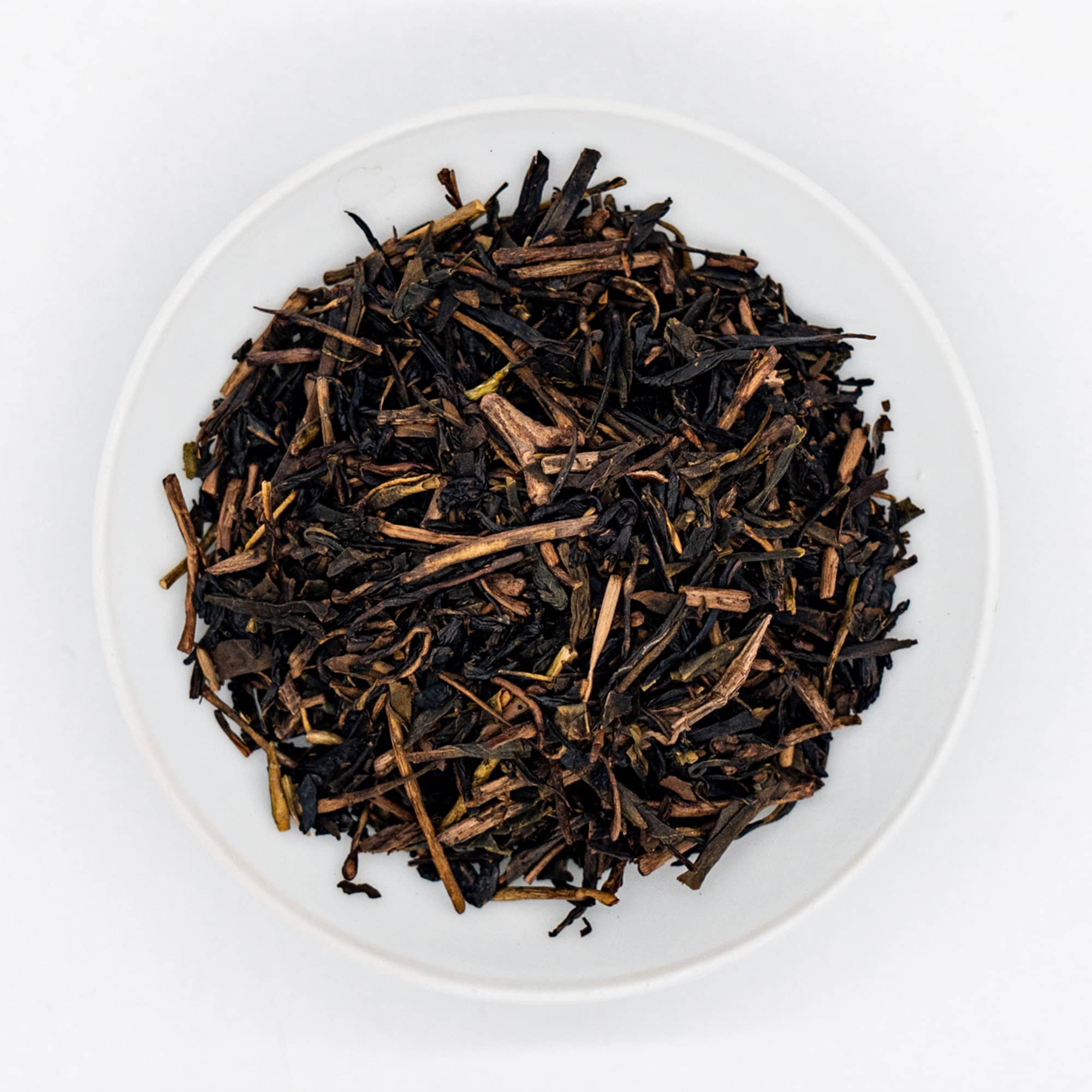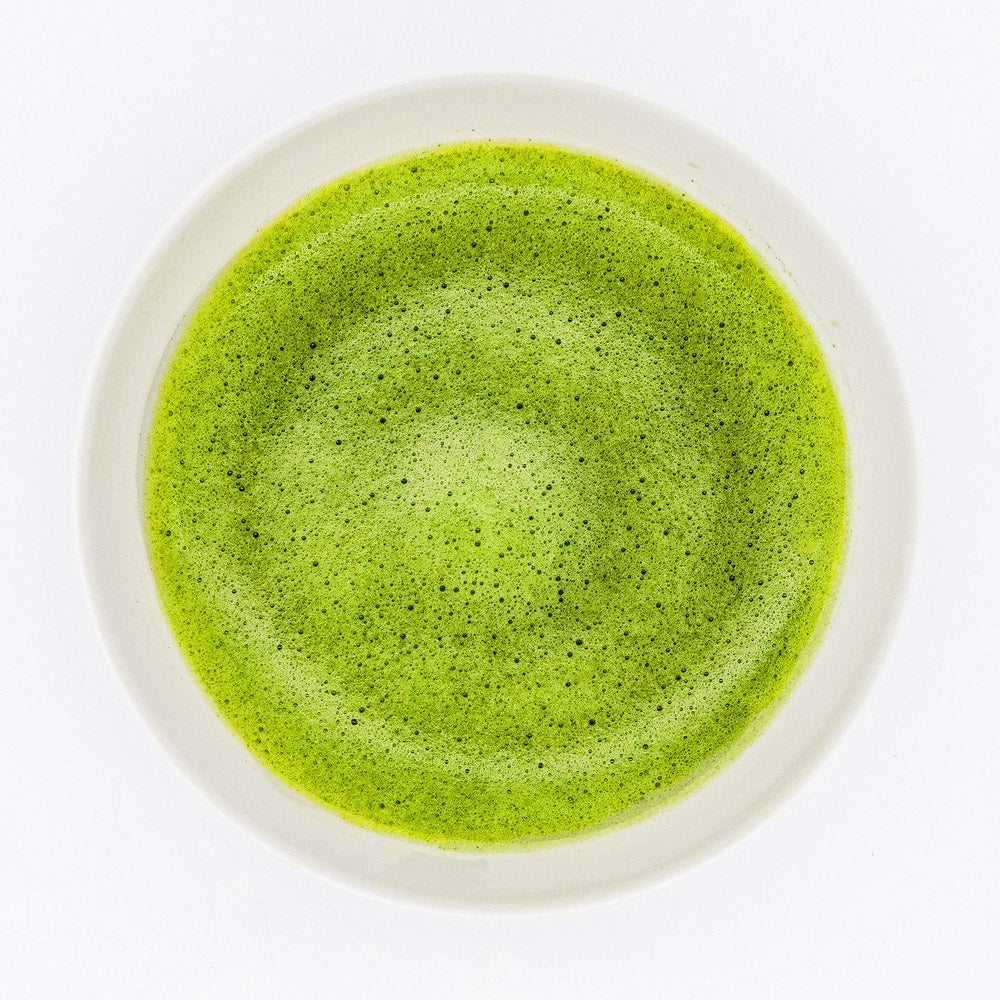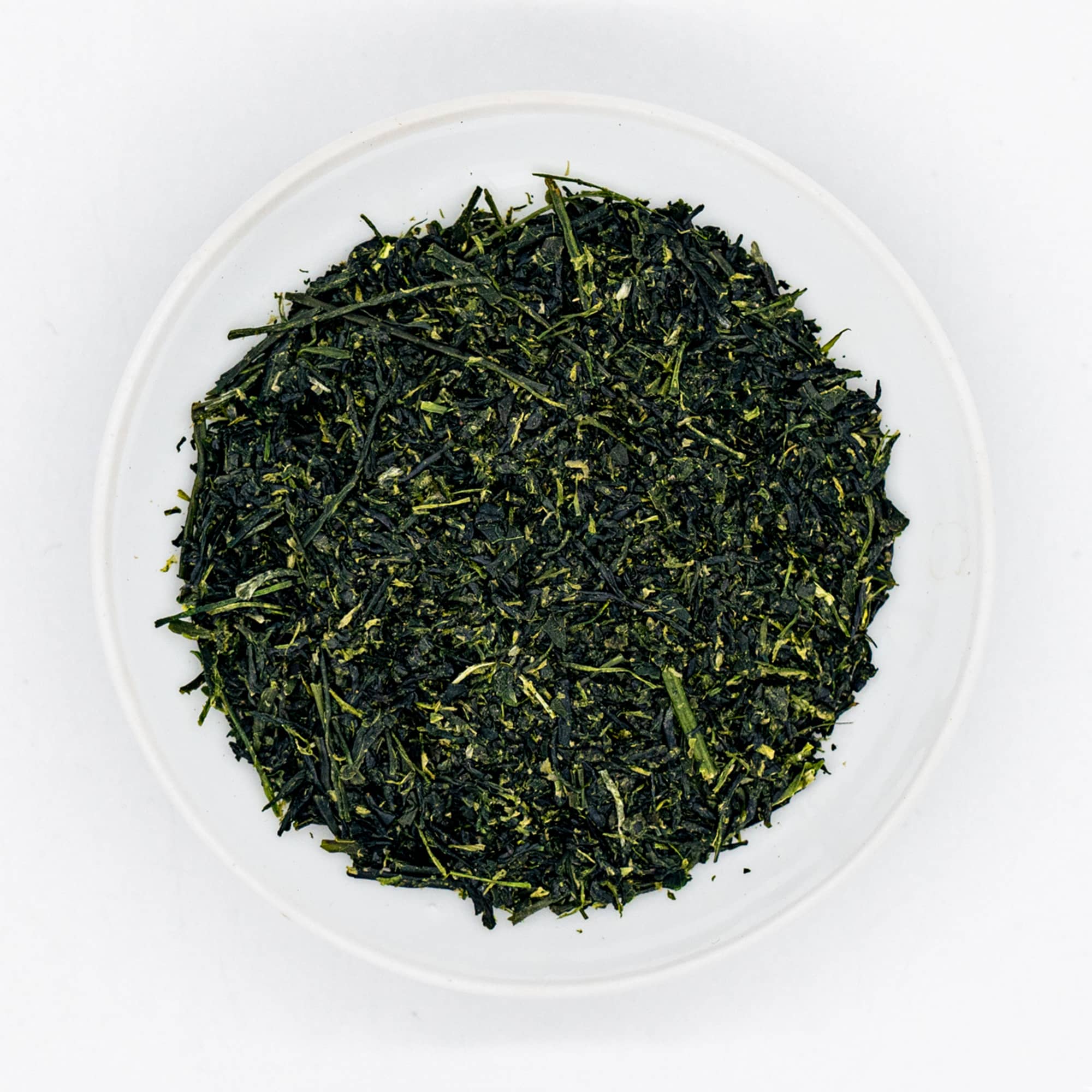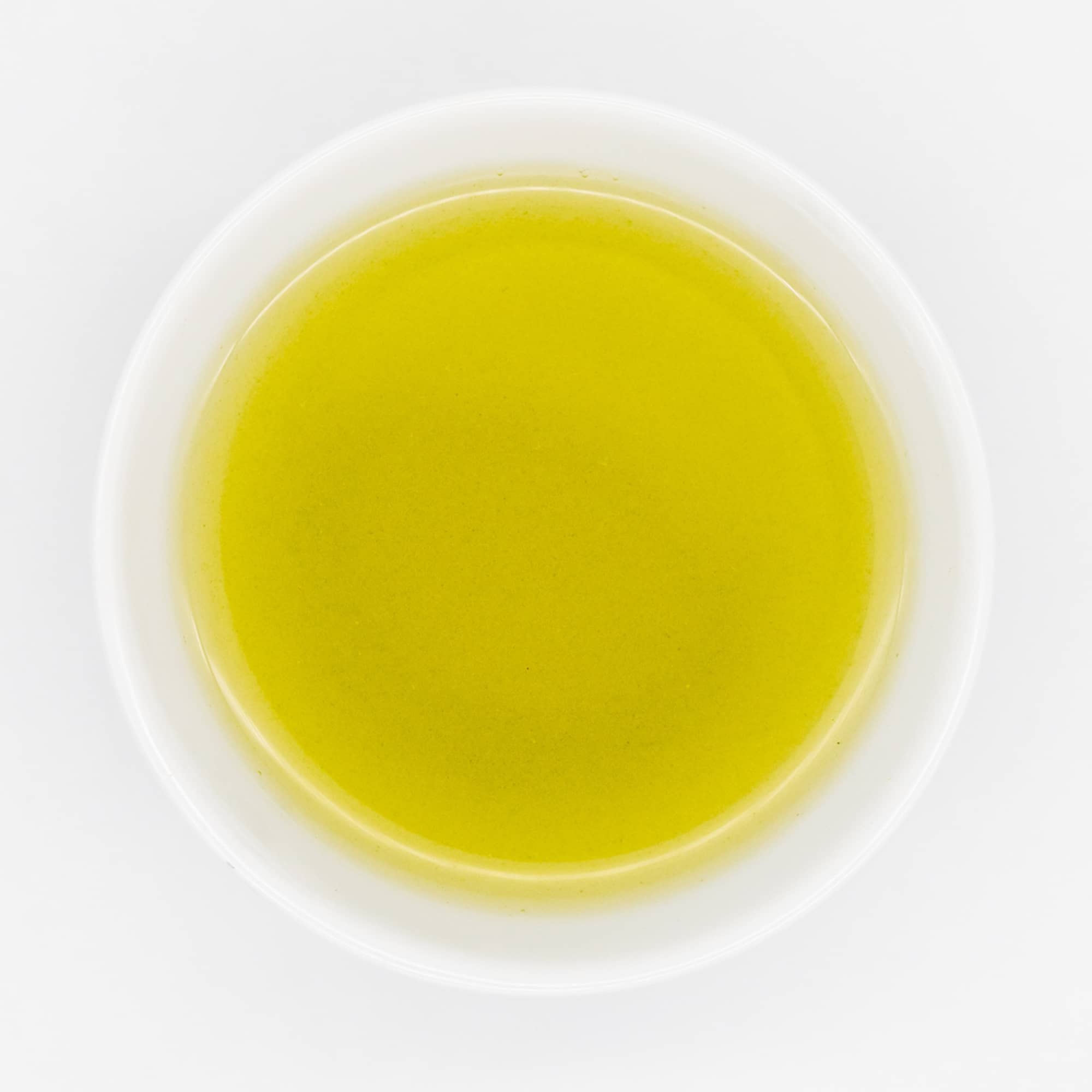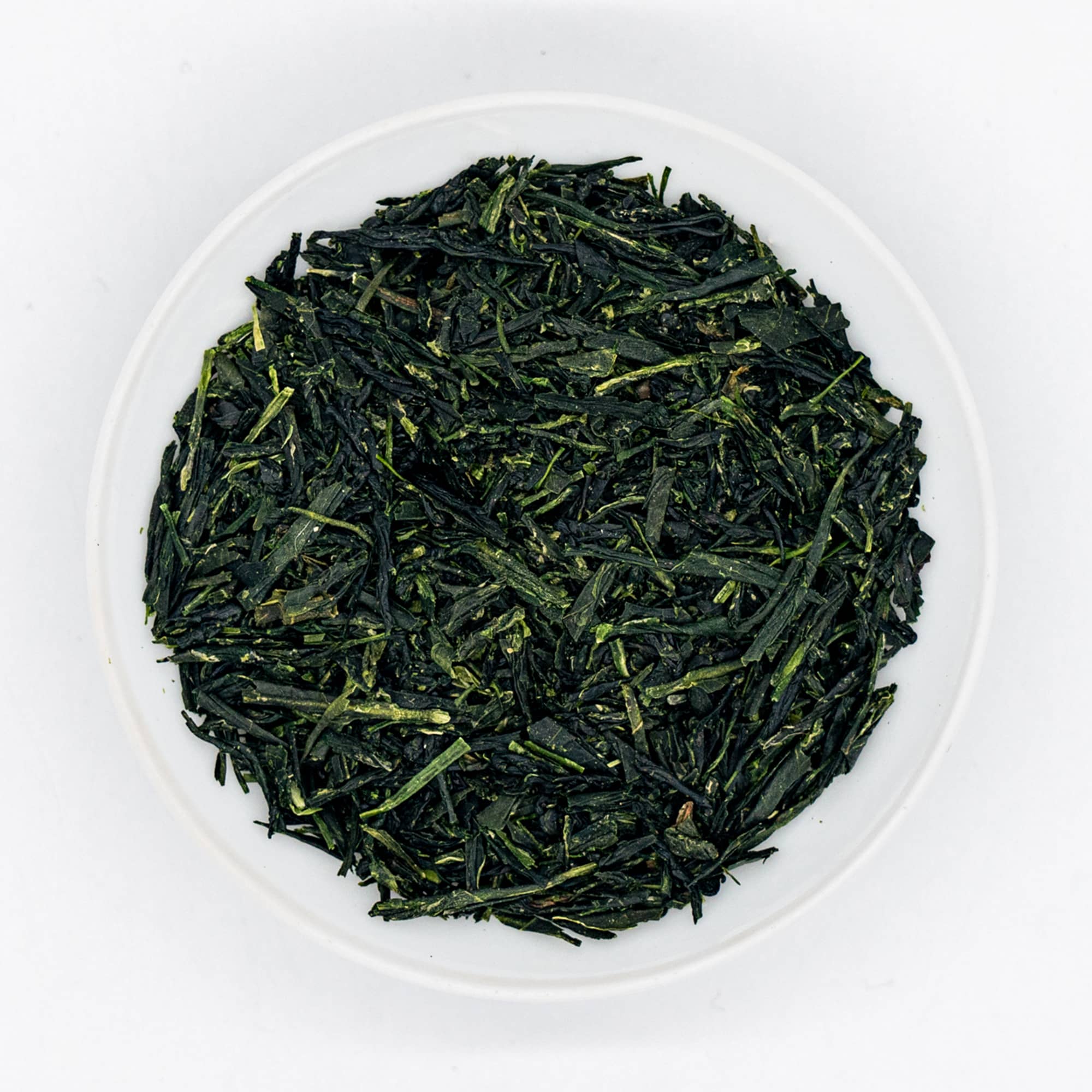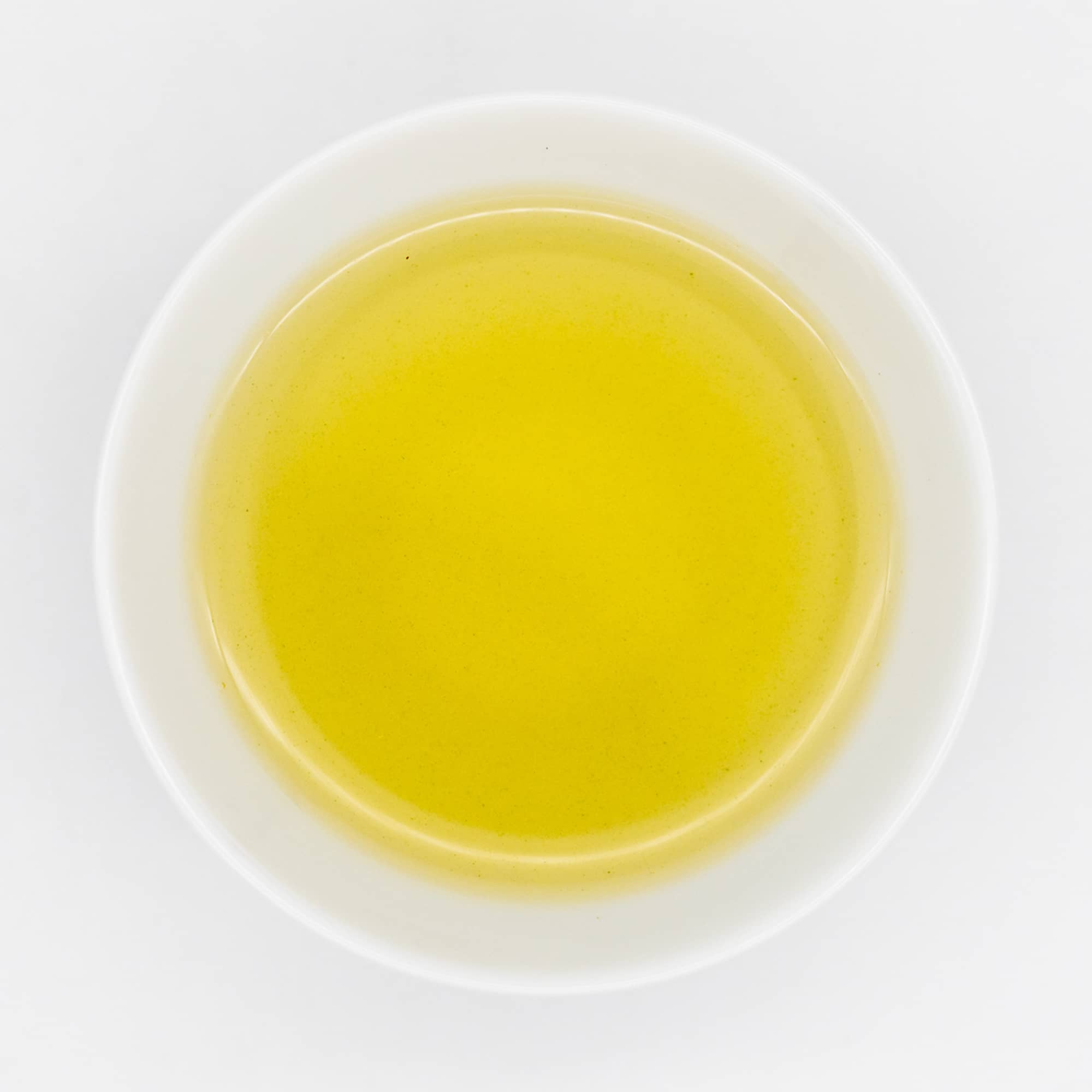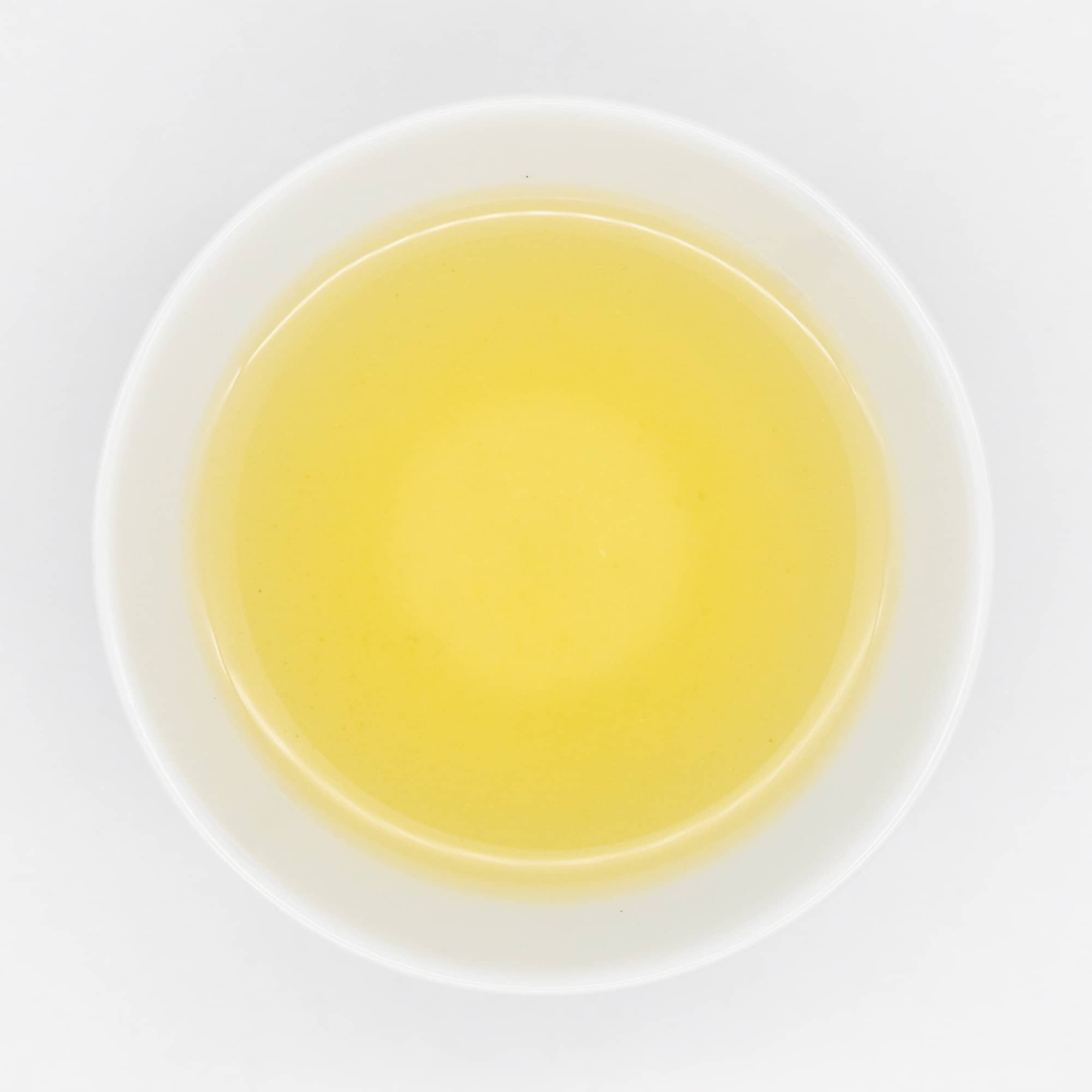Made from 70 year-old seed-grown tea plants that capture the unique tastes of Kumamoto, this delightfully complex first flush black tea has notes of nuts, spices, pastries, and stone fruits, coupled with a long-lasting finish.
This tea is rather versatile and can be brewed gongfu style (as per our recommendations) yielding multiple delicious infusions. It can also be enjoyed with more western-style brewing parameters, using a lower leaf to water ratio, and a longer brewing time.
A mountainous prefecture on Kyushu, Kumamoto has a long history of tea production, dating back to the 12th century. Its mineral-rich volcanic soils are perfect for agriculture. In the 1600s, the pan-firing or kamairi (釜炒り) method of the production was introduced from China. Along with Saga, Kumamoto is the primary producing region of kamairicha and its unique traditional processing style is called aoyagisei kamairicha (青柳製釜炒り茶), making use of a general purpose flat wok as opposed to the purpose-built angled pans used in Saga.
Kumamoto was also the site of the first ever Japanese black tea (wakoucha) production, with the first black tea training centre opening in 1875.

Cultivar: 70 year-old Zairai
Region: Ashikita, Kumamoto
Producer: Kajihara
Harvested: April 30, 2023
Elevation: 150m
Picking: Handheld Machine

Brewing Instructions



Meet the Producer
Ocha no Kajihara (お茶のカジハラ)


Cultivar: 70 year-old Zairai
Our Loose Leaf Selection
View all

